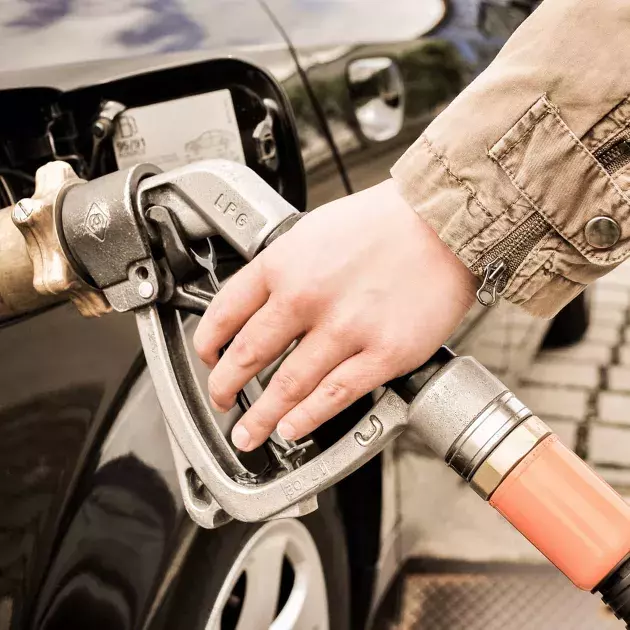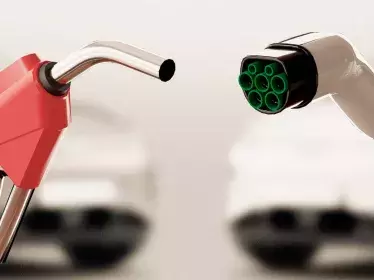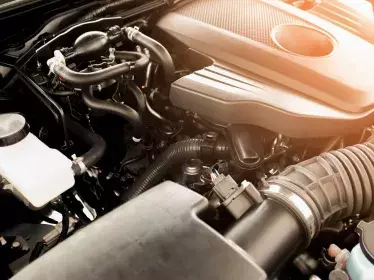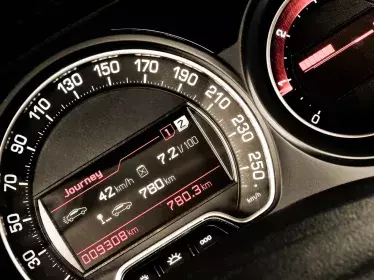LPG and CNG are often confused. However, they are radically different fuels. Here are their differences, benefits and features.
Differences
LPG (liquefied petroleum gas) is a gas mixture obtained during the refining of oil. It is therefore a by-product of oil that is radically different from CNG. CNG stands for compressed natural gas. It is pure natural gas that has been pressurised. The pressure in a CNG tank is 200 bar, compared to 7.5 bar for LPG. A car equipped with LPG cannot be powered by CNG and vice versa. On the other hand, both LPG and CNG cars can run on petrol. This is very useful if a suitable pump is not available.
What are the advantages of CNG?
CNG is a cleaner fossil fuel than LPG. It is even an environmentally friendly alternative to diesel, petrol and LPG. This is especially true for nitrogen oxides (NOx) and fine particulate matter (PM 10 or PM 2.5) emissions, which are 35% lower than LPG and 70% lower than a diesel engine. And in the case of bio-CNG (obtained by biogas), CO2 emissions are reduced by up to 60% compared to LPG and 80% compared to a diesel or petrol engine.
The CNG solution is also interesting from a safety perspective. This gas is lighter than air, which also means that it dissipates when released. Result: no restrictions on accessing underground car parks, as is the case with LPG. Driving on CNG is currently also cheaper than driving on diesel and petrol. A CNG car, on the other hand, requires slightly more frequent maintenance due to the drier nature of the CNG. Therefore, more sustained lubrication of the mechanical parts is required. Cylinders are usually perfectly integrated to limit their impact on habitability and boot cargo volume.
And LPG?
Supported by the government in order to eliminate this by-product from refining, LPG was declining in growth before getting picking up again recently with new factory-fitted LPG models. Driving on LPG is also cheaper than conventional fossil fuels. This gas is heavier than air. State-of-the-art models approved according to R67-01, with a safety valve, can now access underground car parks (not allowed for LPG without R67-01). With retro-fit units, the loading space is sometimes taken up by the gas cylinder. In factory-fitted models, it is better integrated.






